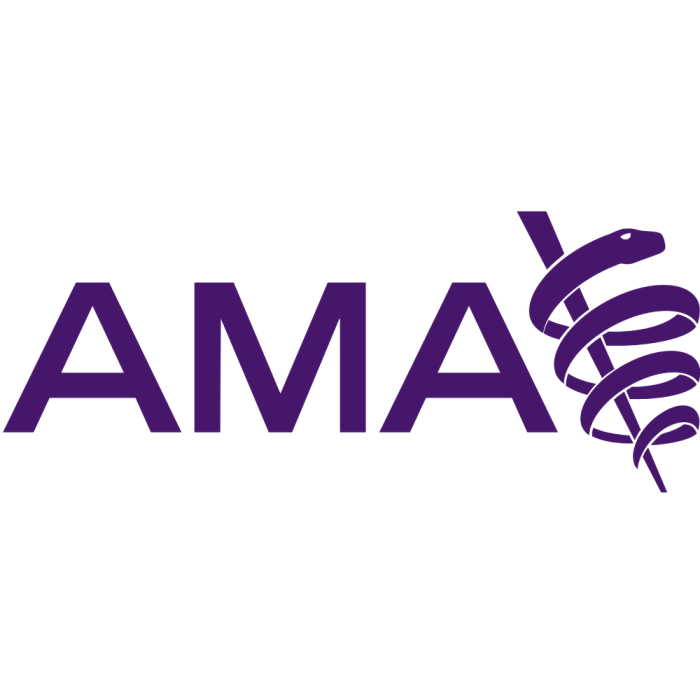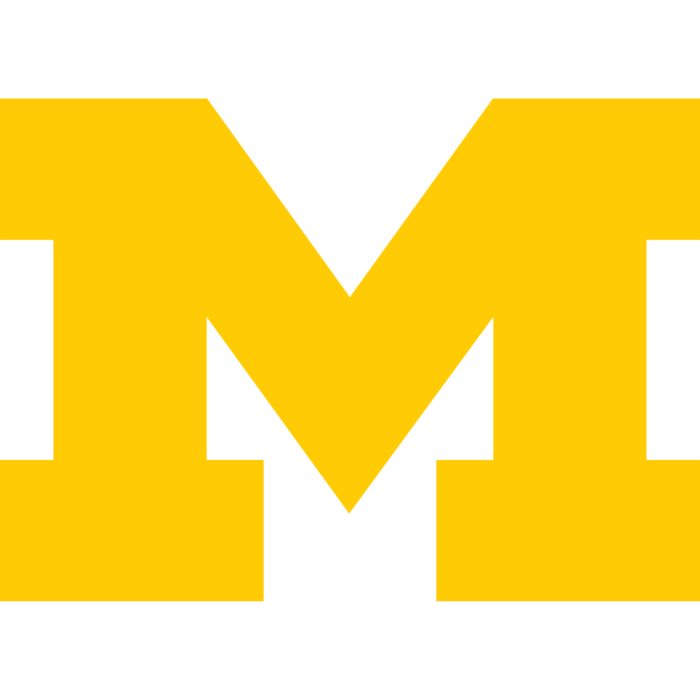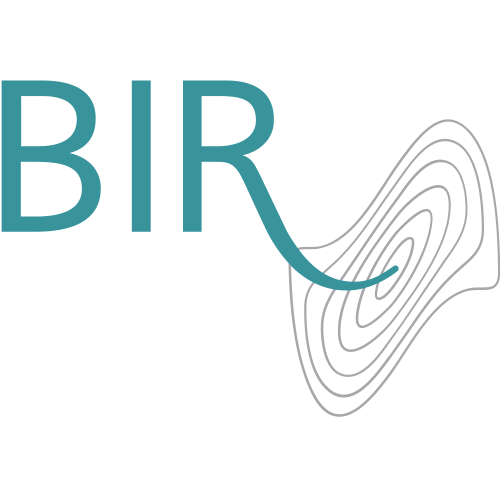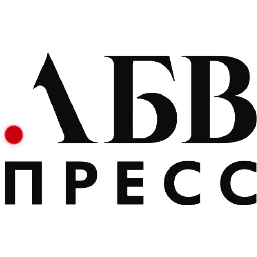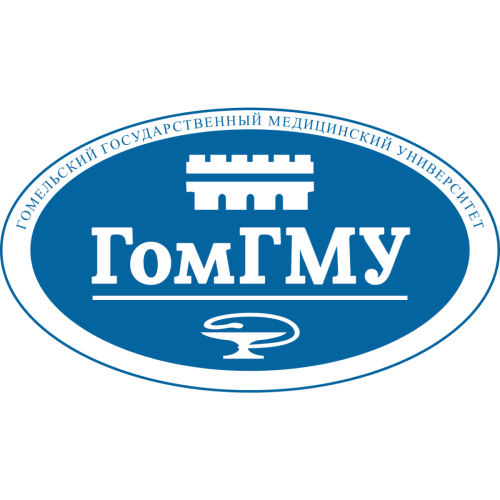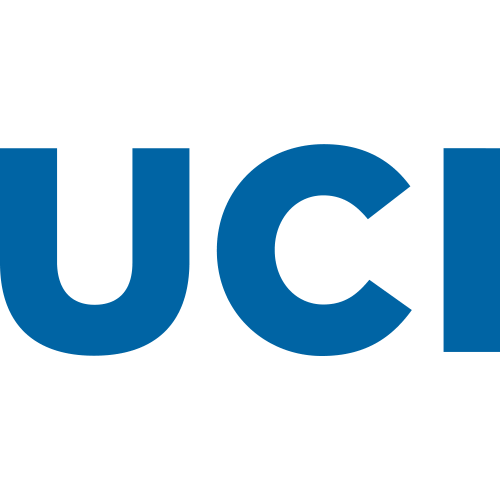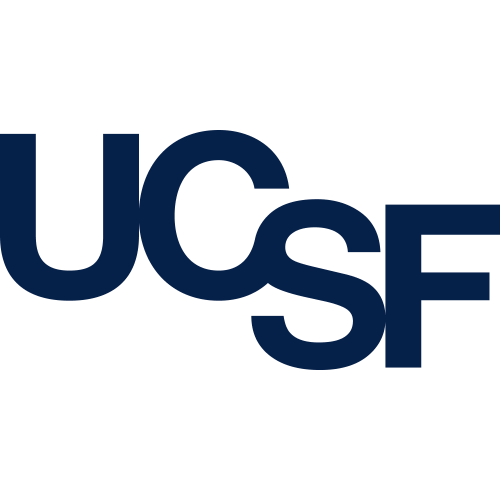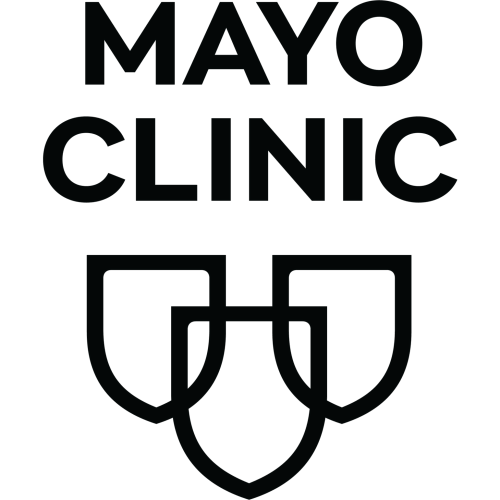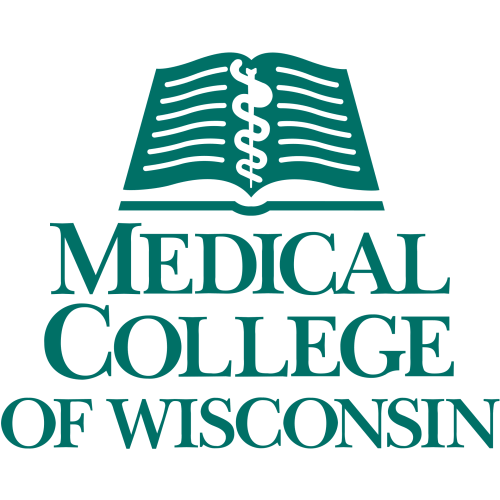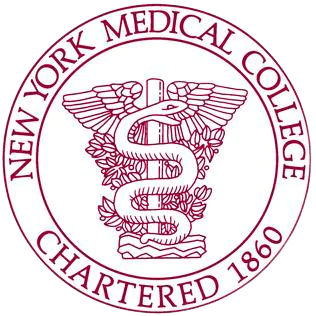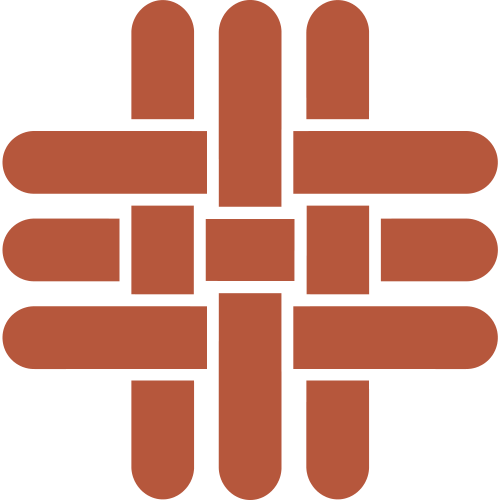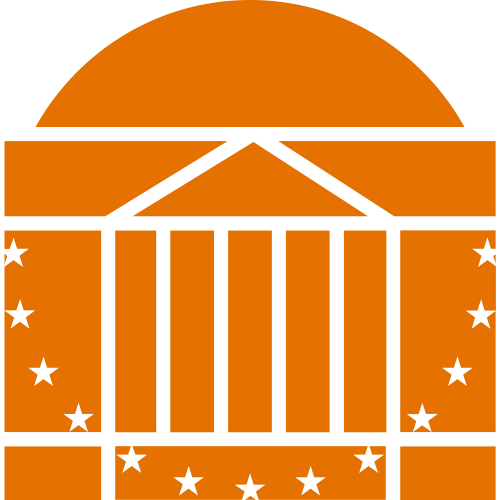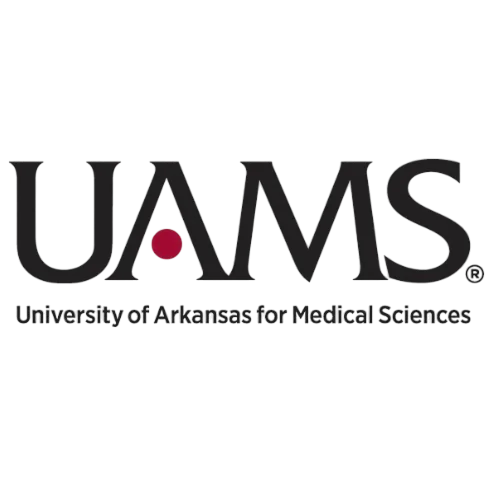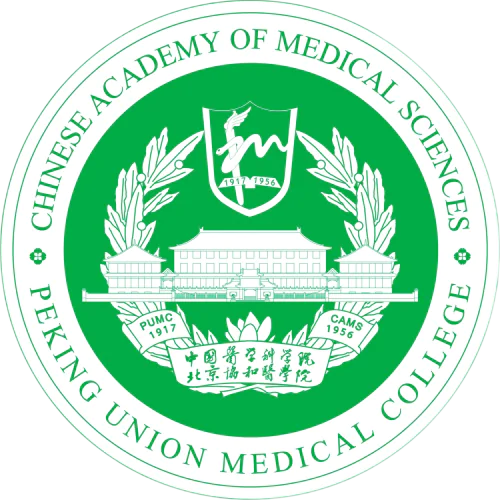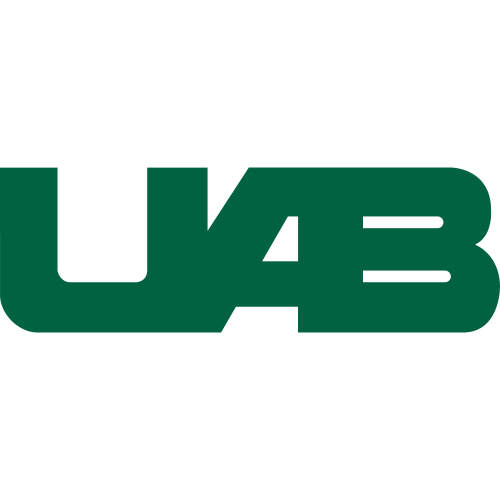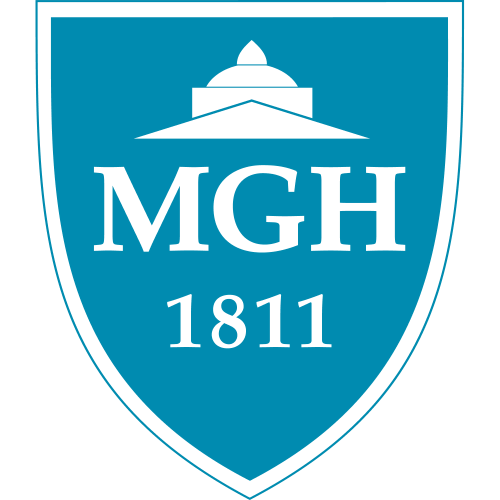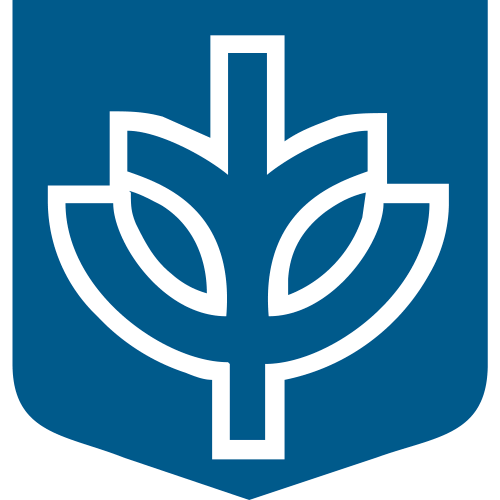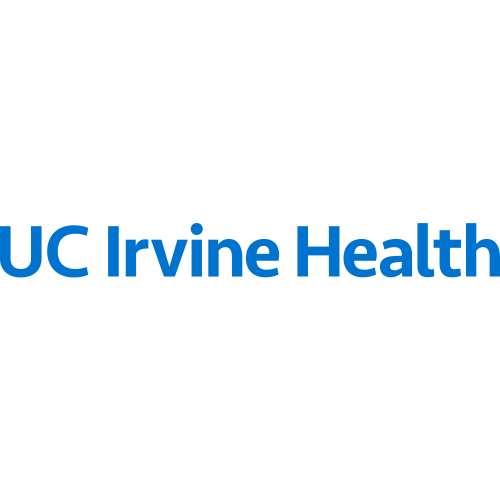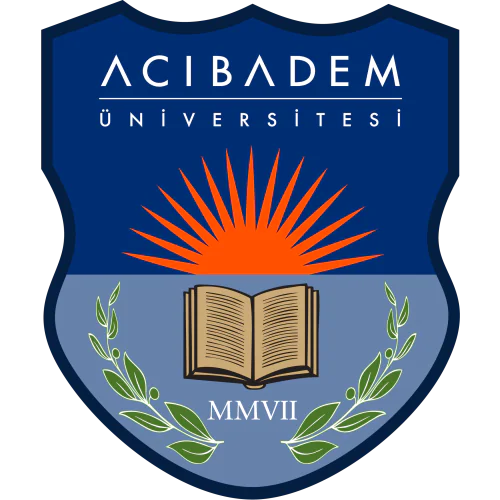|
|
|
|
Facial Plastic Surgery
1307 citations, 5.09%
|
|
|
Archives of Facial Plastic Surgery
1147 citations, 4.47%
|
|
|
Journal of Craniofacial Surgery
1015 citations, 3.95%
|
|
|
Facial Plastic Surgery Clinics of North America
1002 citations, 3.9%
|
|
|
Plastic and Reconstructive Surgery
982 citations, 3.82%
|
|
|
Aesthetic Plastic Surgery
917 citations, 3.57%
|
|
|
Aesthetic Surgery Journal
573 citations, 2.23%
|
|
|
Dermatologic Surgery
510 citations, 1.99%
|
|
|
JAMA Facial Plastic Surgery
508 citations, 1.98%
|
|
|
Laryngoscope
502 citations, 1.95%
|
|
|
Journal of Plastic, Reconstructive and Aesthetic Surgery
477 citations, 1.86%
|
|
|
Annals of Plastic Surgery
418 citations, 1.63%
|
|
|
Current Opinion in Otolaryngology and Head and Neck Surgery
404 citations, 1.57%
|
|
|
Plastic and Reconstructive Surgery - Global Open
269 citations, 1.05%
|
|
|
Otolaryngologic Clinics of North America
256 citations, 1%
|
|
|
Journal of Oral and Maxillofacial Surgery
248 citations, 0.97%
|
|
|
Otolaryngology - Head and Neck Surgery
238 citations, 0.93%
|
|
|
Clinics in Plastic Surgery
236 citations, 0.92%
|
|
|
Ophthalmic Plastic and Reconstructive Surgery
225 citations, 0.88%
|
|
|
Journal of Cosmetic Dermatology
215 citations, 0.84%
|
|
|
Journal of Cranio-Maxillo-Facial Surgery
211 citations, 0.82%
|
|
|
Facial Plastic Surgery & Aesthetic Medicine
209 citations, 0.81%
|
|
|
European Archives of Oto-Rhino-Laryngology
178 citations, 0.69%
|
|
|
Lasers in Surgery and Medicine
151 citations, 0.59%
|
|
|
European Journal of Plastic Surgery
122 citations, 0.48%
|
|
|
Oral and Maxillofacial Surgery Clinics of North America
113 citations, 0.44%
|
|
|
Annals of Otology, Rhinology and Laryngology
111 citations, 0.43%
|
|
|
The American Journal of Cosmetic Surgery
109 citations, 0.42%
|
|
|
Cleft Palate-Craniofacial Journal
104 citations, 0.41%
|
|
|
International Journal of Oral and Maxillofacial Surgery
104 citations, 0.41%
|
|
|
Operative Techniques in Otolaryngology - Head and Neck Surgery
103 citations, 0.4%
|
|
|
|
|
|
Craniomaxillofacial Trauma & Reconstruction
100 citations, 0.39%
|
|
|
American Journal of Otolaryngology - Head and Neck Medicine and Surgery
94 citations, 0.37%
|
|
|
Journal of the American Academy of Dermatology
92 citations, 0.36%
|
|
|
Journal of Cosmetic and Laser Therapy
88 citations, 0.34%
|
|
|
Laryngo- Rhino- Otologie
88 citations, 0.34%
|
|
|
Ear, Nose and Throat Journal
85 citations, 0.33%
|
|
|
Journal fur Asthetische Chirurgie
83 citations, 0.32%
|
|
|
American Journal of Rhinology and Allergy
81 citations, 0.32%
|
|
|
International Journal of Pediatric Otorhinolaryngology
78 citations, 0.3%
|
|
|
|
|
|
Indian Journal of Otolaryngology and Head and Neck Surgery
74 citations, 0.29%
|
|
|
Archives of Plastic Surgery
72 citations, 0.28%
|
|
|
Orbit
72 citations, 0.28%
|
|
|
Seminars in Plastic Surgery
71 citations, 0.28%
|
|
|
British Journal of Oral and Maxillofacial Surgery
70 citations, 0.27%
|
|
|
Clinical Otolaryngology
64 citations, 0.25%
|
|
|
Lasers in Medical Science
63 citations, 0.25%
|
|
|
Brazilian Journal of Otorhinolaryngology
62 citations, 0.24%
|
|
|
Head and Neck
58 citations, 0.23%
|
|
|
Scientific Reports
58 citations, 0.23%
|
|
|
Annales de Chirurgie Plastique et Esthetique
55 citations, 0.21%
|
|
|
PLoS ONE
52 citations, 0.2%
|
|
|
Microsurgery
50 citations, 0.19%
|
|
|
Plastic and Aesthetic Research
49 citations, 0.19%
|
|
|
Journal of Reconstructive Microsurgery
48 citations, 0.19%
|
|
|
Journal of Maxillofacial and Oral Surgery
48 citations, 0.19%
|
|
|
Cureus
47 citations, 0.18%
|
|
|
Journal of Clinical Medicine
45 citations, 0.18%
|
|
|
Plastic Surgery
43 citations, 0.17%
|
|
|
Current Opinion in Ophthalmology
43 citations, 0.17%
|
|
|
Dermatologic Therapy
42 citations, 0.16%
|
|
|
Dermatologic Clinics
42 citations, 0.16%
|
|
|
Acta Biomaterialia
42 citations, 0.16%
|
|
|
Series in Cosmetic and Laser Therapy
39 citations, 0.15%
|
|
|
Journal of Laryngology and Otology
37 citations, 0.14%
|
|
|
JPRAS Open
35 citations, 0.14%
|
|
|
Yearbook of Plastic and Aesthetic Surgery
35 citations, 0.14%
|
|
|
Actas Dermo-Sifiliograficas
34 citations, 0.13%
|
|
|
Journal of the European Academy of Dermatology and Venereology
34 citations, 0.13%
|
|
|
British Journal of Dermatology
33 citations, 0.13%
|
|
|
Plasticheskaya khirurgiya i esteticheskaya meditsina
31 citations, 0.12%
|
|
|
Brazilian Journal of Otorhinolaryngology (Versão em Português)
31 citations, 0.12%
|
|
|
Journal of Plastic Surgery and Hand Surgery
30 citations, 0.12%
|
|
|
Oral and Maxillofacial Surgery
30 citations, 0.12%
|
|
|
Aesthetic Surgery Journal Open Forum
30 citations, 0.12%
|
|
|
Acta Otorrinolaringologica Espanola
29 citations, 0.11%
|
|
|
Tissue Engineering - Part B: Reviews
29 citations, 0.11%
|
|
|
Journal of Stomatology, Oral and Maxillofacial Surgery
28 citations, 0.11%
|
|
|
Clinical Rhinology
28 citations, 0.11%
|
|
|
International Archives of Otorhinolaryngology
28 citations, 0.11%
|
|
|
Acta Otorrinolaringologica (English Edition)
28 citations, 0.11%
|
|
|
Advances in Cosmetic Surgery
28 citations, 0.11%
|
|
|
World Neurosurgery
27 citations, 0.11%
|
|
|
Archives of Craniofacial Surgery
27 citations, 0.11%
|
|
|
Wound Repair and Regeneration
27 citations, 0.11%
|
|
|
International Forum of Allergy and Rhinology
26 citations, 0.1%
|
|
|
Archives of Dermatological Research
26 citations, 0.1%
|
|
|
Journal of Dermatological Treatment
26 citations, 0.1%
|
|
|
Survey of Ophthalmology
26 citations, 0.1%
|
|
|
JDDG - Journal of the German Society of Dermatology
26 citations, 0.1%
|
|
|
Skin Research and Technology
26 citations, 0.1%
|
|
|
Current Otorhinolaryngology Reports
26 citations, 0.1%
|
|
|
Biomaterials
25 citations, 0.1%
|
|
|
|
|
|
Frontiers in Surgery
24 citations, 0.09%
|
|
|
Journal of Neurological Surgery, Part B: Skull Base
24 citations, 0.09%
|
|
|
Maxillofacial Plastic and Reconstructive Surgery
24 citations, 0.09%
|
|
|
Journal of Otolaryngology - Head and Neck Surgery
23 citations, 0.09%
|
|
|
|
|

